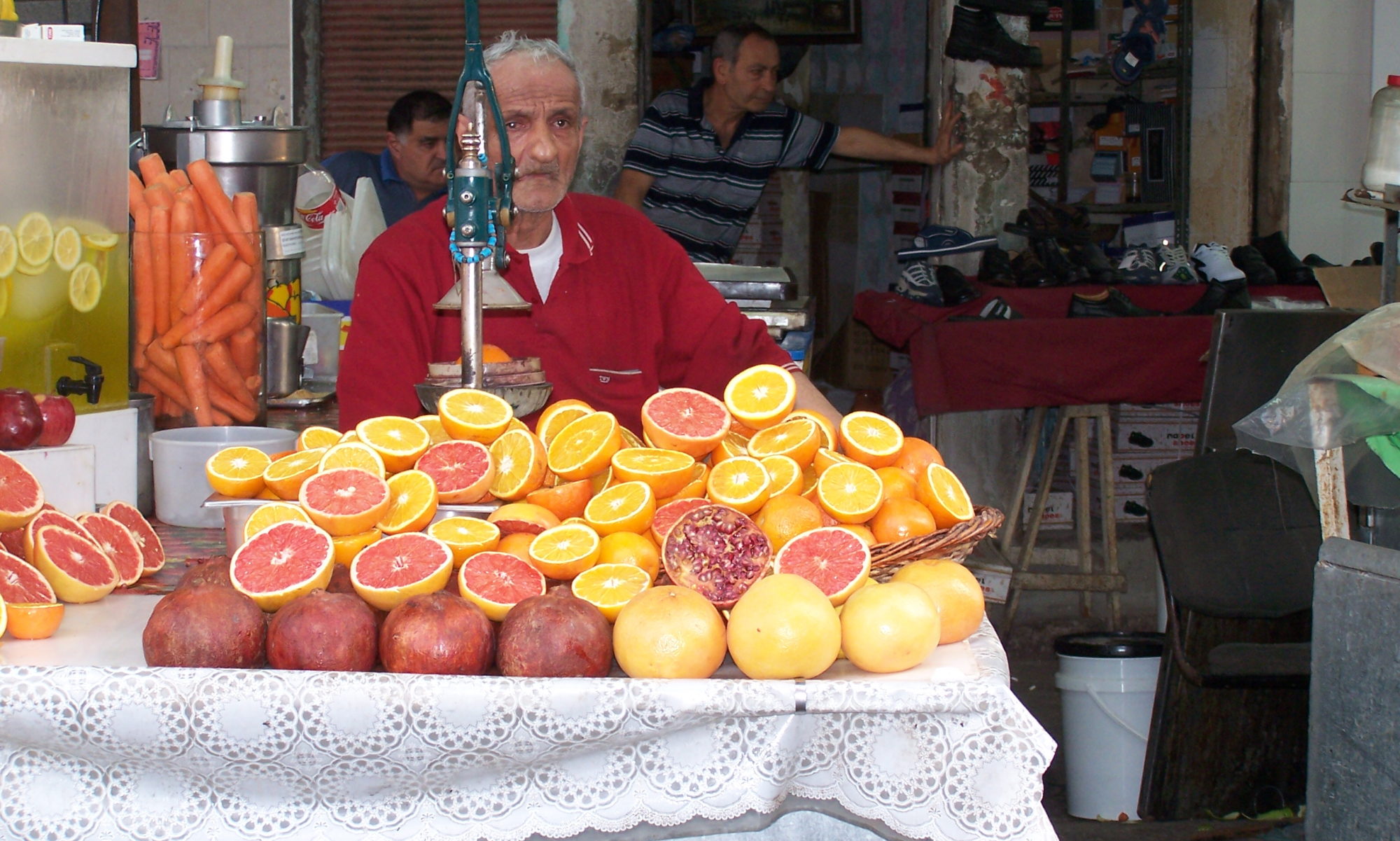I am sure everyone is wondering where I have been for the last two months. I wish I could give you some glamorous answer, but the truth is that life got in my way: work deadlines and a trip to London; and I had a cold which then turned into the flu over the holidays. Now I am back and raring to go.
Winter has finally reared its head here in Israel and all I could think of was making comfort in a bowl. First, I made us a big pot of hearty chicken soup which nurtured Mr BT and me through the cold-flu episode. It healed us, warmed us and comforted us as it always does. Good old chicken soup.
When I finally had the energy to cook again, I decided to make the second best comfort in a bowl recipe, polenta. Soft polenta, stirred clockwise with a wooden paddle over a low flame and served with sautéed White Button mushrooms, King Oyster mushrooms, homegrown Cavolo Nero from my garden and creamy Gorgonzola cheese. Life can’t get much better than that.
I am looking forward to an interesting 2012, filled with new recipes, new adventures and some lovely surprises.
I wish everyone a very happy, healthy and prosperous 2012.
- 4 cups cold water
- 1 teaspoon salt
- 1 cup polenta not instant
- 2 tablespoons olive oil
- 1 large leek pale and green parts only, rinsed and thinly sliced
- 3 cloves garlic finely chopped
- 1 small bunch of Cavolo Nero kale or Swiss Chard, stems removed and roughly chopped
- 1 package White Button or Cremini mushrooms wiped clean and sliced
- 2 large King Oyster mushrooms cut in half and then cut lengthwise
- 1/4 dry white wine
- 2 teaspoons finely chopped thyme
-
100
g
3.5 oz Gorgonzola Dolce
-
Place the water and salt in a large saucepan over a low flame. Immediately add the polenta in a steady stream while stirring constantly in a clockwise motion to avoid lumps. Stir ever few minutes in a clockwise motion until all the liquid is absorbed and the polenta is thick, approximately 30-40 minutes. The polenta should be soft and creamy, not grainy.
-
Meanwhile, in a large frying pan, heat 1 tablespoon olive oil over medium heat and add the leeks, garlic and Cavolo Nero. Saute until the leeks are slightly soft and barely golden, about 5 minutes. Place in a bowl and set aside. Add an additional tablespoon of olive oil to the pan and add the mushrooms, cooking until they are softened, about 10 minutes.
-
Add the leek mixture and the white wine to the pan. When the wine is cooked down slightly, add the chopped thyme, and salt and pepper to taste.
-
When the polenta has finished cooking, crumble in half of the Gorgonzola and mix through. Place the polenta on a large platter and form a well in the center. Place the mushroom mixture in the well and crumble the rest of the Gorgonzola on top.


















































